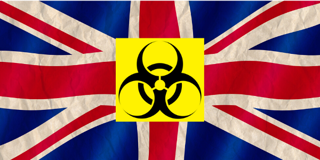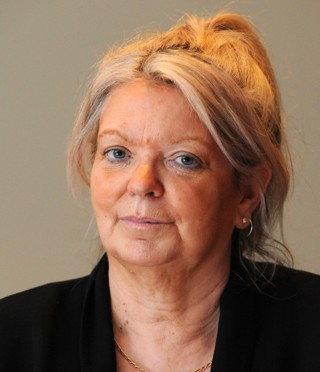Large plcs are achieving improved levels of return on capital employed. Piers Trenear-Thomas, Grant Thornton Motor Retail consultant explains their new tactics.
DaimlerChrysler UK Retail and Camden Motors have become the sixth and seventh retailers to join the exclusive AM100 billion-pound turnover club. Both were expected to reach the mark this time around, and it looks likely that Lookers and Inchcape Retail will swell the ranks in the June 2004 review.
Turnover is clearly important to these groups in the same way that registration figures are important to the volume carmakers (and for many, that now includes the likes of BMW and Mercedes-Benz). It also suggests scale, and that brings synergies and costs savings, which lead to improved profits. But, the best measure of how well any retail group is performing is return on capital employed.
Return on capital reflects a considerable number of variables, including profitability, working capital efficiency and investment timing, and must be taken in context. The measurement is easily affected by acquisitions – that's why expanding groups tend to fare poorly. An expensive acquisition will dilute their returns until the asset comes on stream and delivers the potential its price requires.
A highly profitable operation that requires a high level of investment may return the same as a lower margin business that requires less capital. Building up a war chest for possible acquisitions will also dilute return on capital.
Interpreting the trends in the current environment is all the more interesting. Press coverage of the impact of the new block exemption, leaving aside manufacturer brinkmanship, has centred on the prospect of the large groups finally achieving some flexibility and generating better returns. Plc share prices have benefited from the speculation, even though a number of commentators have concluded that the opportunities have been over-hyped.
There have been more deals in recent times and some manufacturers are increasing the pace of network change. So, does any of this activity show through in the AM100 performance and growth trends?
AM100 total turnover has increased by about four per cent. New car registrations have increased fractionally and prices have allegedly fallen, so AM100 retailers appear to be ahead of the market. The entry point is now £80m compared with £73m in June.
The top 10 groups' total turnover has increased slightly more than the rest, but the rest has grown in step. Superficially, based solely on scale, the balance of power has not shifted much inside the AM100.
However when return on capital is examined a different picture emerges. More of the larger groups appear in the top 20 by return on capital, although the highest placed, CD Bramall, is at number eight.
CD Bramall is one of the more consistent participants in the table, only falling out last time because it took time to assimilate Quicks. It's tribute to a steady growth strategy and a strong focus on working capital control.
Other large groups have made a significant number of acquisitions and, although apparently successful and professing to have a similar approach to capital efficiency, show much lower return on both sales and capital. It remains to be seen whether they can afford to ease off on the acquisition activity and consolidate.
Once on the treadmill it is not easy to get off, particularly for quoted groups trying to keep ahead of city expectations.
Pendragon seems to have finally done so. Turnover is down almost £1m. Profits are up and return on capital is a respectable 16.4 per cent – enough to sneak into the top 20 at 18th place. Some of this is due to the purchase of own shares and debt reduction through property sale and lease-back. Arguably more important, is the refocus on a smaller number of manufacturer relationships – economy of brand – and computer-based centralisation in dealership support staff at its Nottingham head office.
Arnold Clark's expansion has seen a near 25 per cent increase in turnover. Return on capital would have been a highly respectable 25 per cent but for the funds needed to finance the hire fleet. Lookers has grown 28 per cent. Its returns have also improved, indicating that it is possible to add scale and to improve capital management at the same time.
Despite claims about the environment becoming more competitive and margins coming under increasing pressure, it seems that all is far from doom and gloom. Many of the larger groups are showing more robust performance. They are however still outstripped by the medium sized groups that use local focus and flexibility to good effect. Perhaps that is why there is another factor to consider.
More debt has been paid off in the past year than any in recent times. This may be a recognition that borrowing costs will rise, but it may also be a general strategy to clear the decks for more acquisitions.

















Login to comment
Comments
No comments have been made yet.